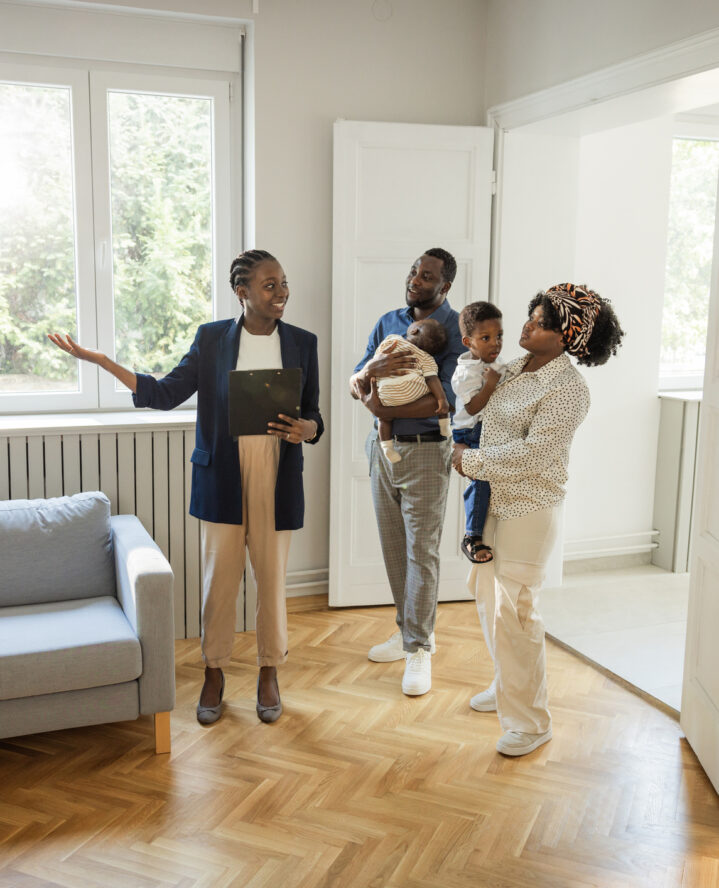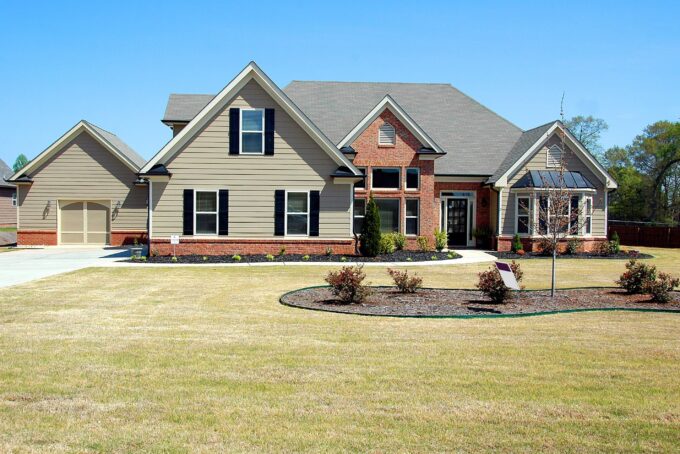Touring an open house is an exciting step in the journey toward finding your dream home. It’s a chance to explore the spaces, envision your life within its walls, and assess whether it truly aligns with your needs and desires. But amidst the excitement, it’s crucial to approach the tour with a discerning eye. Beyond the aesthetics and initial impressions, there are key factors to consider to ensure you’re making an informed decision. Here’s a comprehensive guide on everything you should check for when touring an open house, empowering you to make the most informed decision on one of life’s biggest investments.
The Exterior Condition
Before you even enter the home, take a look at the exterior. Be on the lookout for signs of wear and tear, which can include cracked or peeling paint, a weathered roof, or damaged siding.
And what about curb appeal? Pay careful attention to the landscaping of the home in question, including the driveway and sidewalks to determine whether the home is in decent condition.
Roof and Gutters
When touring a potential property, be sure to look at the roof for any signs of damage or aging. This can be anything from a leaky roof to one that sinks in.
Another element to check is the gutters and downspouts. Properly maintained gutters and downspouts are clean and free from debris, as well as securely attached to the house.
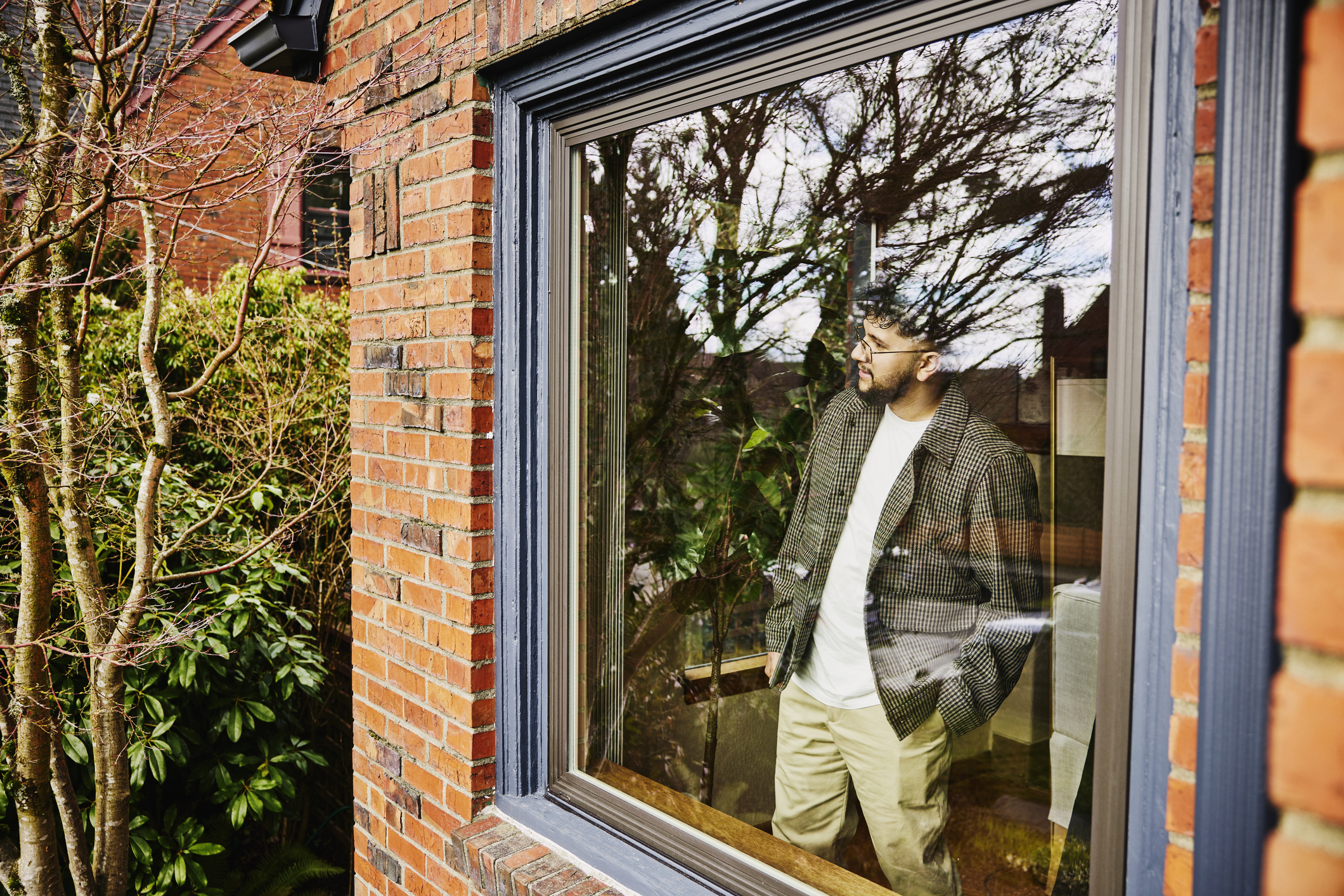
Windows and Doors
Check that the entry points are secure by opening and closing any windows and doors to see that they function properly.
When doing so, check for drafts, leaks, or moisture accumulating around the frames. Additionally, take a look at the condition of the seals and caulking, as these can indicate a potential problem down the line.
Structural Integrity
Evaluate the structural integrity of the home by checking for cracks in the walls or ceiling, uneven floors, or sloping walls. These could point to an underlying structural complication that could cost quite a bit to repair.
Plumbing and Electrical Systems
Don’t be afraid to turn on faucets, showers, and flush toilets to test for leaking or water damage. And while you’re at it, try testing out the light switches and outlets to make sure they’re in working order, while making a mental note of any outdated or impaired wiring along the way.
Heating and Cooling Systems
Try turning on the heating and cooling systems to make sure they work properly. You can also ask the real estate agent about the age and condition of the HVAC system. And if they can provide maintenance records, even better.
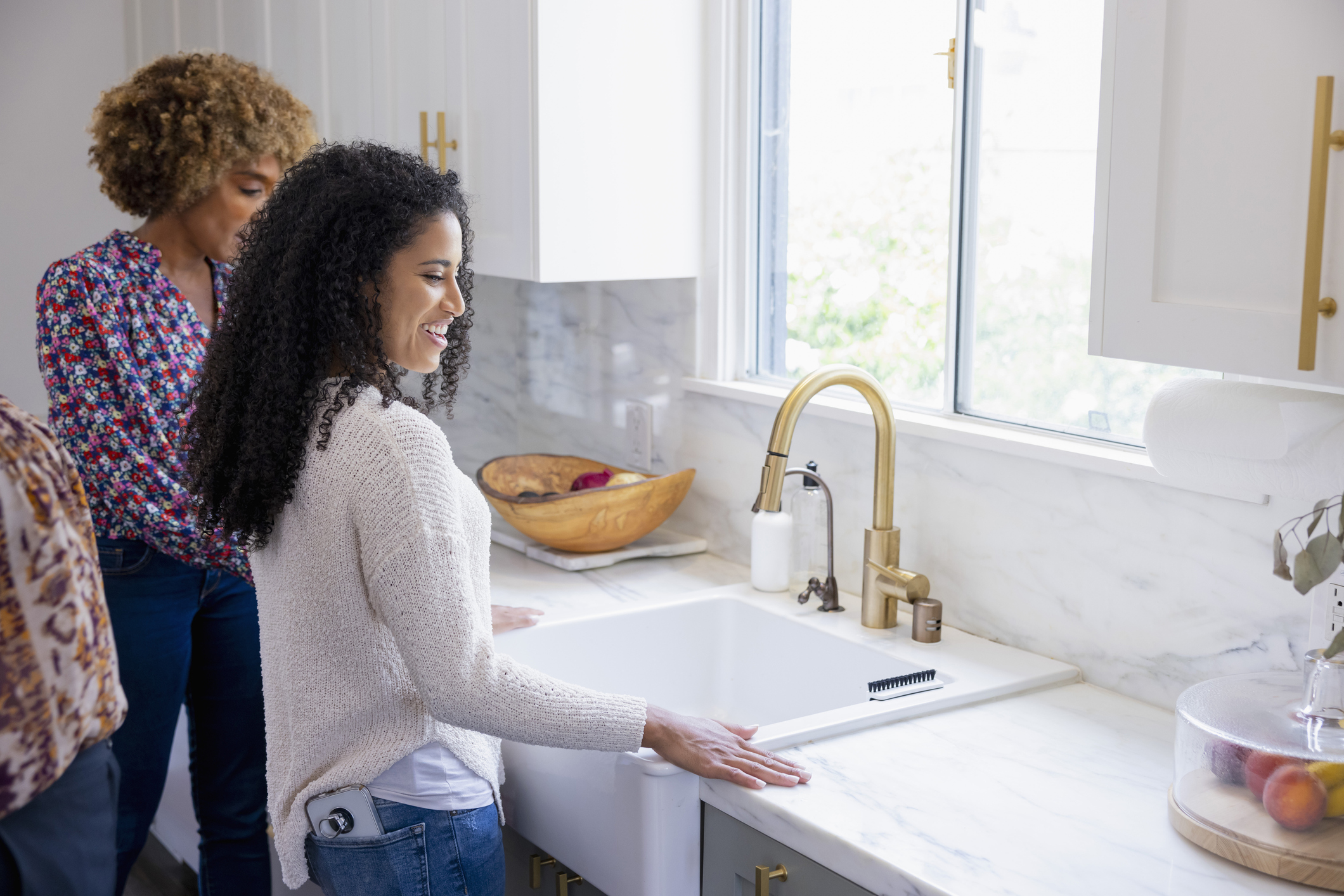
Kitchen and Appliances
The kitchen is the heart of the home, so it should be thoroughly inspected, too. Take a look at the quality of the kitchen appliances, countertops, cabinets, and fixtures. Are the appliances in good working condition? Do the cabinets offer sufficient storage space and organization?
Being mindful of these details can help you determine whether the kitchen can meet your unique needs upon moving in.
Bathrooms
Evaluate the condition of the bathrooms in the home, including the quality of fixtures, tiles, and grout. Before you leave, be sure to test any faucets, showers, and toilets for leaks or inoperability.
Storage Space
Having enough space to keep your belongings is a critical need for every homeowner. To confirm that you will, assess the amount of storage space available, including the closets, cabinets, and pantry areas.
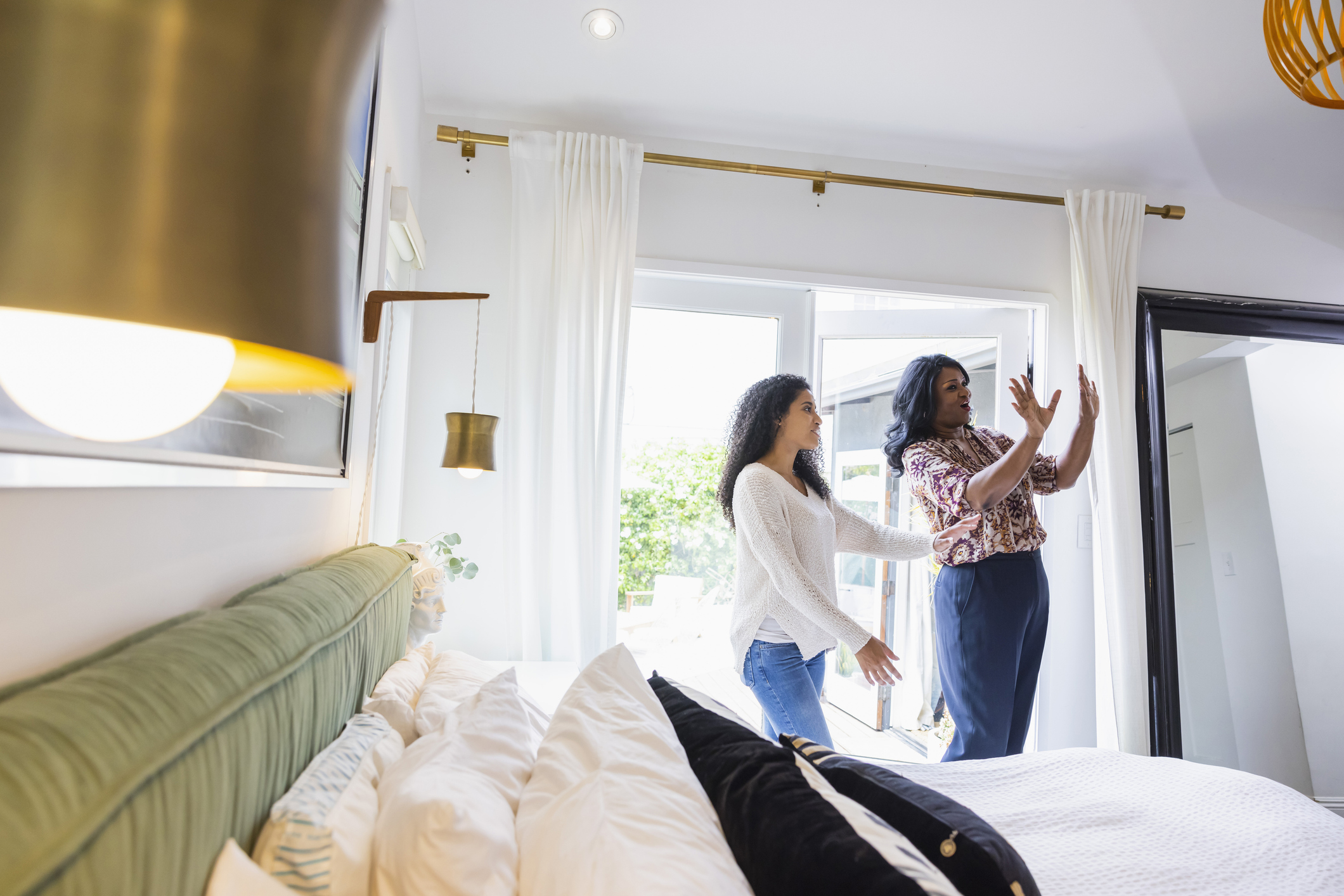
Lighting and Ventilation
Natural lighting and ventilation are of utmost importance to having a healthy home life. When touring the home, keep in mind how much natural lighting and ventilation is available.
The more the merrier, so don’t hesitate to open up the windows to check the airflow. That way, you can know whether you’ll need to invest in artificial lighting and ventilation later on.
Safety Features
When it comes to responsible homeownership, safety is paramount. To guarantee that a potential home is safe to live in, check that the home is equipped with smoke detectors, carbon monoxide detectors, and fire extinguishers for your safety. And if there are stairs, jiggle the handrails to make sure they’re secured in place.
popular posts
- 1It’s Black Business Month, So Let’s Go Shopping and #BuyBlack!
- 2These Home Decor Items Will Instantly Make Your Space Look Outdated
- 3Black-Owned Home Decor Stores To Support Across the United States
- 4A Look Inside Elon Musk's Tiny $50,000 House
- 57 Black and Multicultural Designers To Follow For Design Inspo

How To Scout the Perfect Location for Your Dream Home
by Brittni Williams | March 6, 2024
Spaces
Whether it’s luxury or ease, every area of your home should be as fabulous and unique as you.
FOLLOW ALONG ON INSTAGRAM
#homeandtexture
Find us on social for more home inspiration where culture, personal style, and sophisticated shopping intersect to help you create a home where you love to live.
